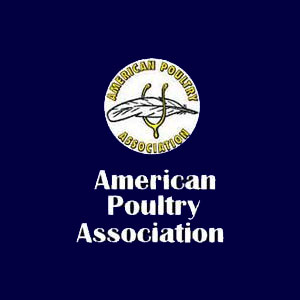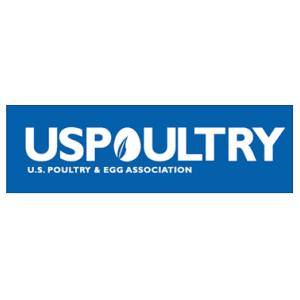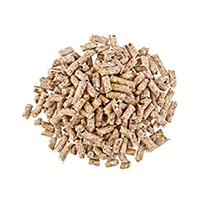Poultry Management
When the decision is made to raise poultry, there are a few items to make sure you are aware of. First, egg color and size are affected by the breed of the bird. Feed should be put in trays or hanging feeders for older birds and sometimes heated waterers are needed dependent upon the housing situation. Sanitation, ventilation, nutrition, water, protection from predators and pets, and monitoring are necessary to ensure no parasites or health problems exist.
If you are wanting to start with chicks, be sure to place your orders early, usually in February. When you pick up chicks, closely monitor temperature using a heat lap. Also, provide clean water and feed and observe feed consumption and stools. Vitamins and electrolytes can also be added to their water to promote a good start. Day-old chicks are kept on 23 to 24 hours of light per day for the first few days, then light per day is reduced.
Egg production starts at 17 to 20 weeks of age. It takes 26 hours for an egg to form fully, so a hen can lay one egg a day and has some days where she does not lay any. Light exposure is also key to egg laying. If the hen lays an egg too late in the day, her body will not start to form an egg until there is more light. To keep a flock laying year-round, maintain 14 hours of light per day. A light on a timer works well. At the end of a hen’s laying cycle, she will stop producing eggs and molt. After molting, she will take some time then go back to laying eggs.
If you see egg pecking, make sure to cull that animal, because that behavior once started will not stop. Some producers use scratch grains or oyster shells as supplements to feed, but make sure that these do not replace the Layer or Meatbird feed needed for the purpose of the birds you are raising.





